Saint Vincent and the Grenadines Flag Meaning
A vertical tricolor of blue, gold, and green with three green diamonds arranged in a V shape in the center of the gold band. The diamonds symbolize Saint Vincent as the 'Gems of the Antilles.'
- Continent
- North America
- Adopted
- 1985
- Ratio
- 2:3
- Colors
- blue, gold, green
- Designer
- Elaine Liverpool
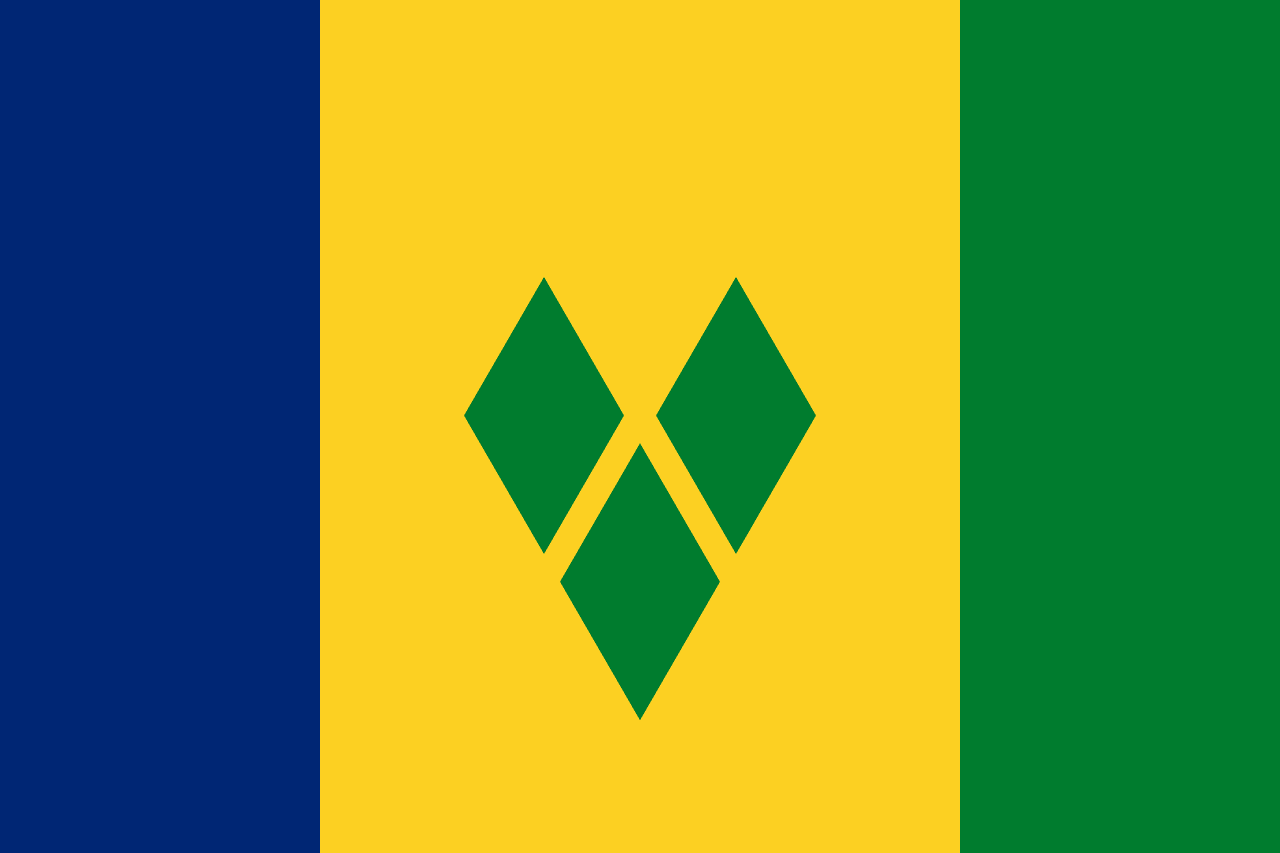
Symbolism
Blue Band: Represents the tropical sky and the clear waters of the Caribbean Sea.
Gold Band: Symbolizes the golden sands, warmth, and the bright spirit of the Vincentian people.
Green Band: Stands for the lush vegetation and fertility of the islands.
Three Diamonds in V Formation: Represents Saint Vincent and the Grenadines as precious gems, with the 'V' standing for Saint Vincent.
History
- Pre-Colonial Era: Originally inhabited by the indigenous Kalinago people, who fiercely resisted European colonization.
- 18th Century: Colonial struggles between France and Britain, with the Carib Wars marking resistance to European control.
- 1783: Britain secured control under the Treaty of Paris.
- 1979: Gained independence from Britain on October 27, adopting its first flag.
- 1985: Current flag adopted after a national competition, symbolizing unity and pride.
Trivia
- The diamonds on the flag inspired the nickname 'The Gems of the Antilles.'
- Saint Vincent is famous for the active volcano La Soufrière, which has erupted multiple times in modern history.
- Bananas were historically the main export crop, though tourism is increasingly important.
- The nation is part of the Windward Islands chain in the Caribbean.
- The Grenadines are shared between Saint Vincent and Grenada.
Related Countries
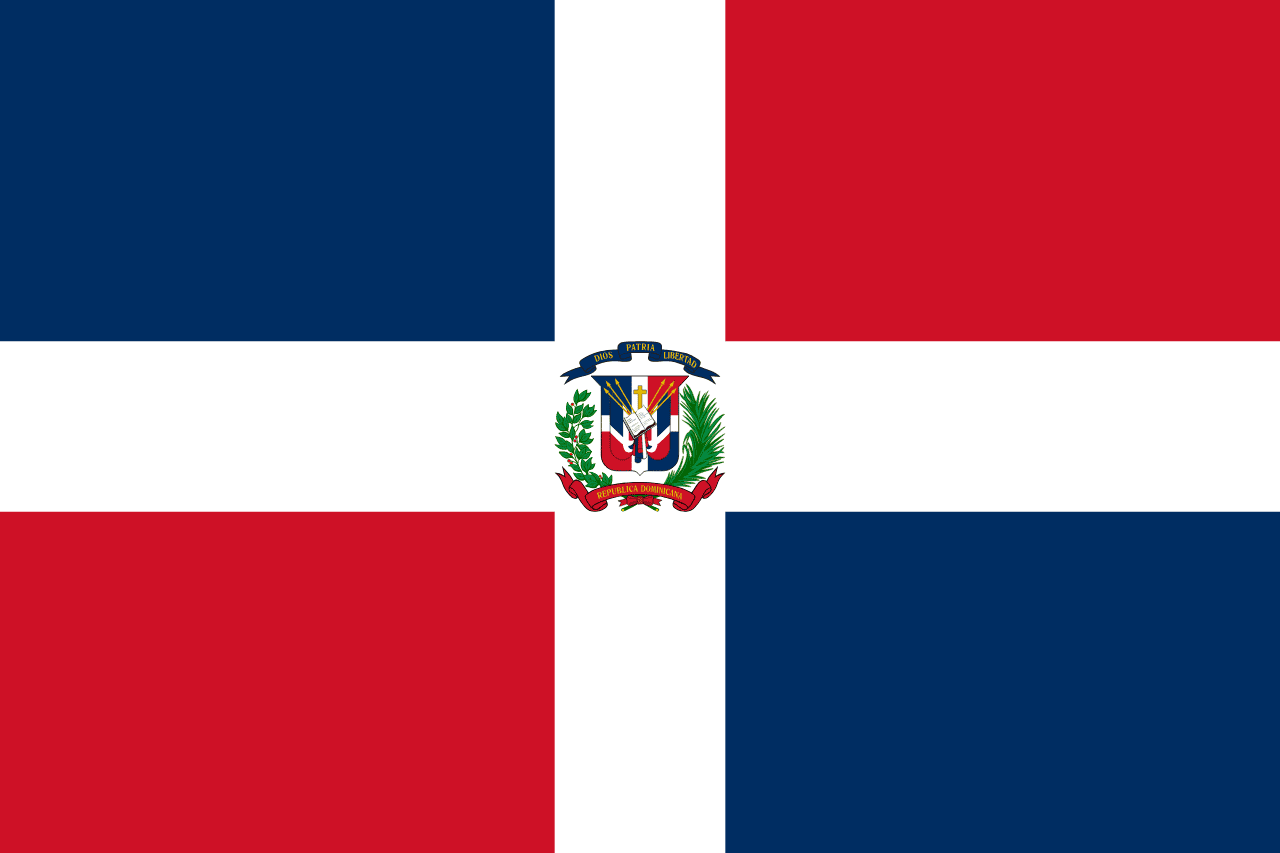
Dominican Republic
North America
Four quarters alternating blue and red separated by a white cross, with the national coat of arms in the center, representing liberty, the blood of heroes, salvation and peace, and the Christian faith of the Dominican people.
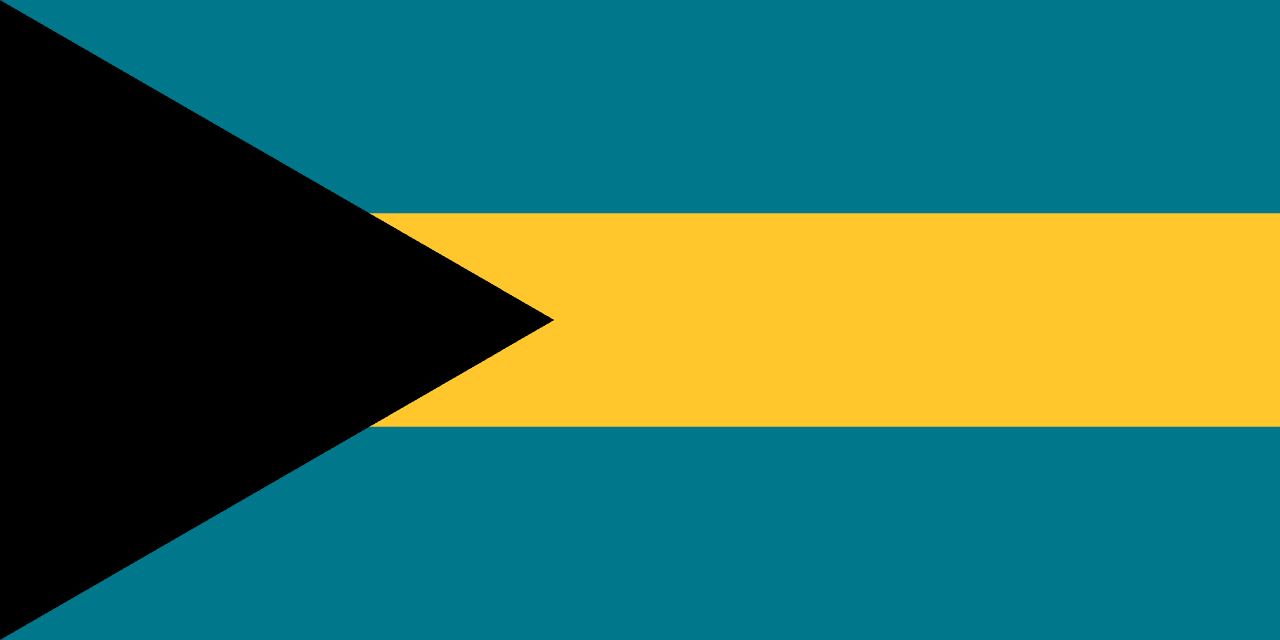
Bahamas
North America
Three horizontal stripes of aquamarine, gold, and aquamarine with a black equilateral triangle at the hoist, representing the waters surrounding the islands, the golden beaches and sunshine, and the strength and determination of the Bahamian people united in their love for their homeland.
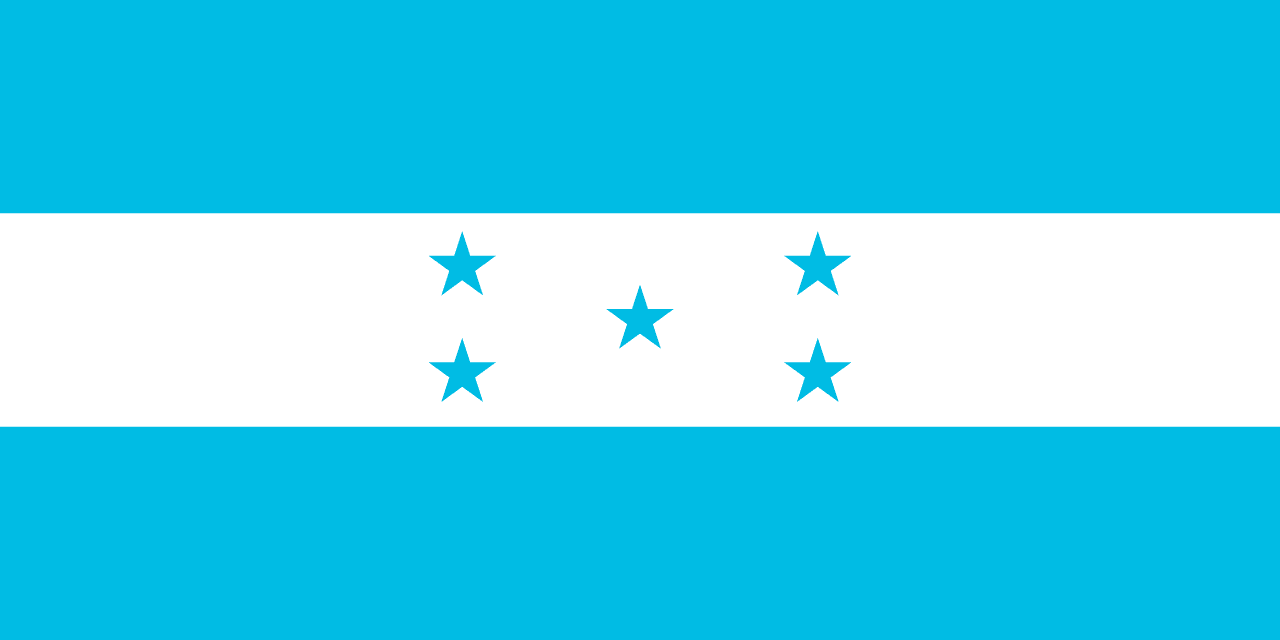
Honduras
North America
Three horizontal stripes of blue, white, and blue with five blue five-pointed stars arranged in an X pattern on the white stripe, representing the Pacific and Atlantic oceans, peace, and the hope for Central American unity.
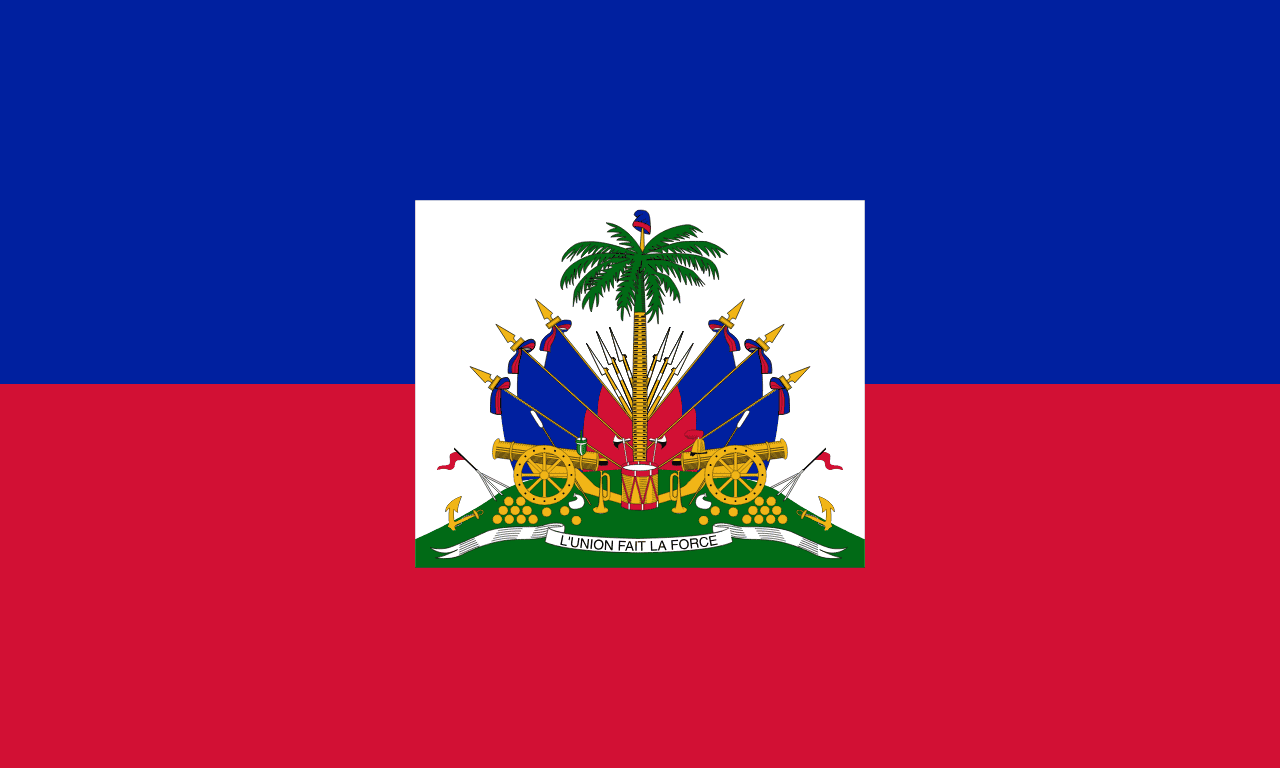
Haiti
North America
Two horizontal stripes of blue over red, representing the union of black and mixed-race Haitians and the blood shed for independence, making Haiti the first independent black republic and symbol of successful slave revolution.
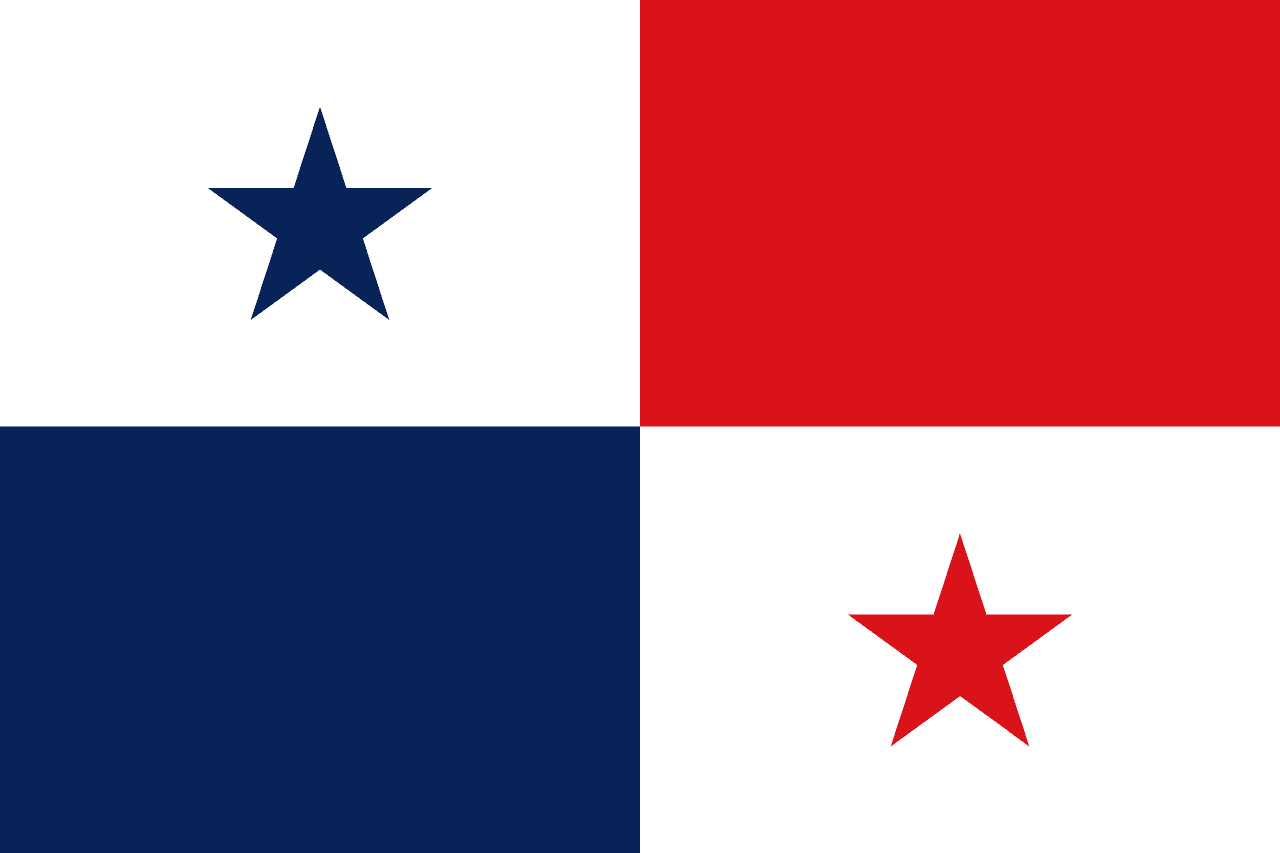
Panama
North America
Quartered flag with white and blue star in top left, red in top right, blue in bottom left, and white with red star in bottom right. The design symbolizes political balance and the ideals of peace and progress.
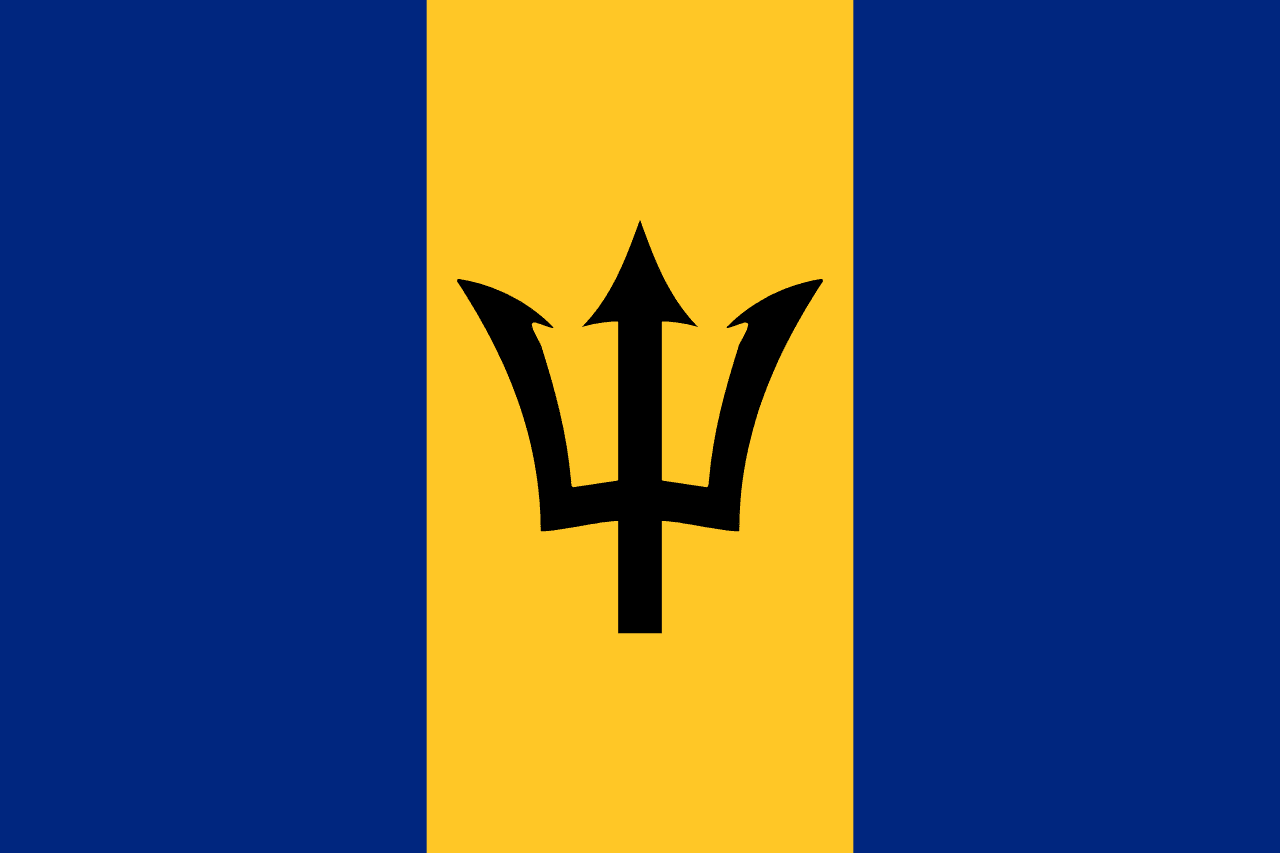
Barbados
North America
Three vertical stripes of ultramarine blue, gold, and ultramarine blue with a black trident head (broken from its staff) in the center golden stripe, representing the sea surrounding the island, the golden sands of its beaches, and the break from colonial dependence on Neptune's trident symbol.